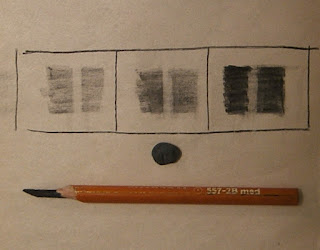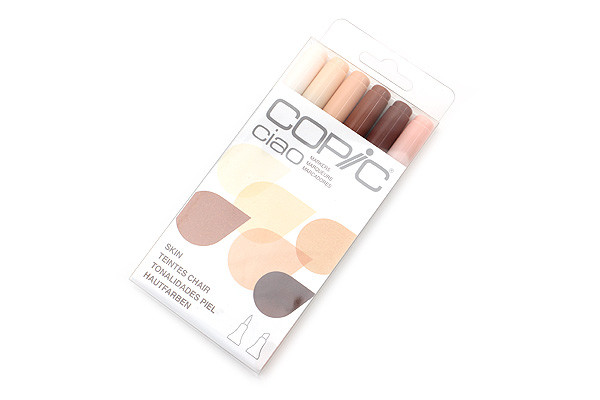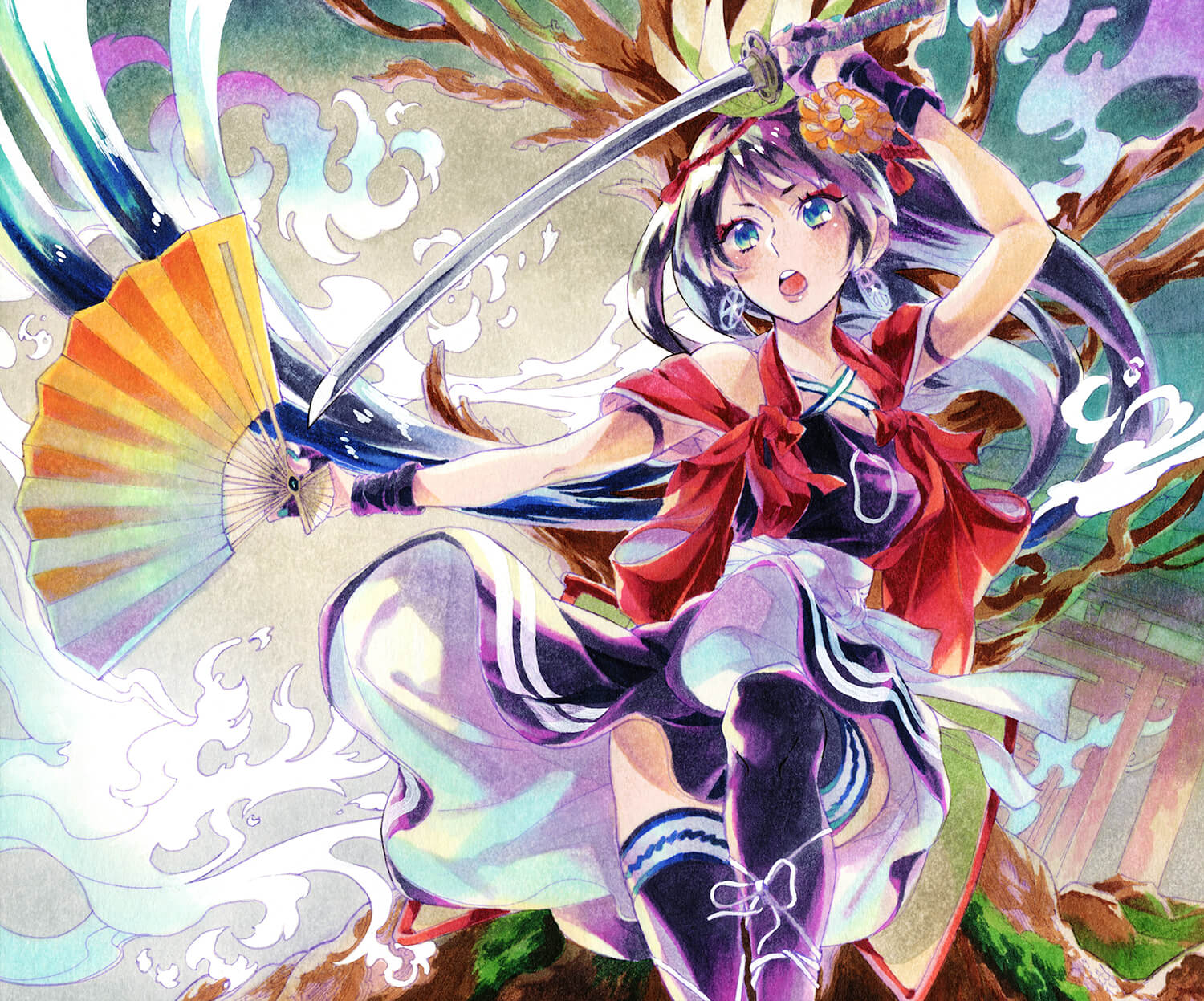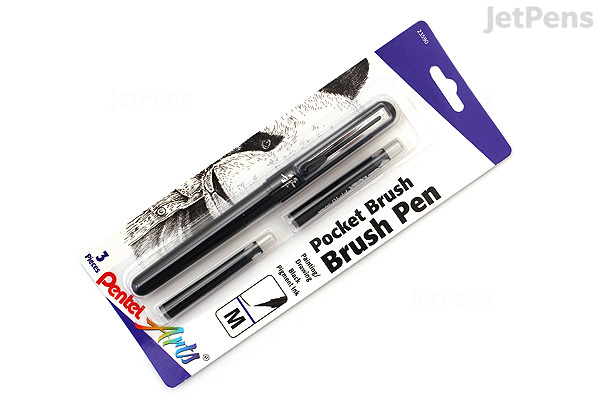Hi everyone, welcome to the first entry on The Figure
Drawing blog! Today's topic is a short and sweet list of helpful tips that'll
make you a better figure drawer. These tips will help prepare you young artists
for drawing before your figure drawing sessions begin.

1) Have a proper drawing posture! It’s
important for a young artist not to strain themselves while drawing to prevent
things such as carpal tunnel. To keep drawing for longer you must get in the habit
of having a proper drawing posture when sitting or standing! When sitting and drawing an artist should
always have their back straight, and not bent. This will help prevent any back
strain, as its detrimental to stay crouched over a drawing for many hours at a
time. It’s important to also draw using your whole arm and not just your wrist to
prevent carpal tunnel from repetitive drawing motions. Drawing with your whole
arm can contribute in giving your drawings more fluid lines, as well as helping
you to draw bigger on whatever surface your using to draw the figure.


2) Work with what you know If you’re just
learning how to draw the human body, why make it harder for yourself by using
materials you don’t know how to use yet? Focus on drawing accurately instead of
testing out those new markers you bought at hobby lobby the other day. It will
make your drawing way better, and you’ll be more focused as well.
3) Prepare all tools before hand Figure
drawing is very fast pace. Many times, during a session you will only have 30
seconds to draw the entire body. Why waste that precious time on trying to find
the proper materials to draw with? Make sure before every figure drawing
session you bring the essentials to the medium you’re working with. This means
bring paper towels to erase your drawing before hand if using charcoal and
newsprint paper or bringing your own bottle of water for water color figure
drawings.

4) Work big to small Many young artists
get caught up in the details way to soon and end up neglecting proportions or
run out of time to draw the entire body. That’s why it is important to draw the
big shapes of the figure first such as the torso legs and arms, before you draw
the small shapes (know as secondary and tertiary forms) such as the eyes or
fingernails. When your draw the big shapes in their entirety using simple shapes,
you will be able to nail down the proportions properly because you can see the
figure as the whole instead of just its parts.

5) Always ask for critique to improve your
figure drawings, you must seek to improve yourself, and that means asking others
for advice. Never be ashamed or afraid to show your drawings to others and receive
feedback because their eyes may see something that you missed! If you have no
one around to look at your figure drawings, try to critique and questions what
you could have done better and how you should fix it, that way you will never
stop improving!
6) Break down complex poses Confused on a pose
with a lot of foreshortening, twisting, or stretching? Try break down the pose
into simple shapes and forms. Breaking down the body into its most simple
shapes will help you to feel less over whelmed during complicated poses because
you’ll better understand the pose. After you have drawn all the simple shapes
go back into the drawing and add the detail on top to best replicate that
complex pose.
Art by Diluc
7) Look at other figure artists Confused
on how to stylize or interpret the figure? Look at other artists and how they interpret
the figure. Learn from other artists around you and how they do things to gain
an understanding of how you want to interpret the figure. After all your figure
drawing style is an accumulation of everything your inspired by.
(Cartoons by Richard Williams’ in “The Animators Survival Kit”)
8) Silence is bliss Turn off the music
while your drawing the figure. You’ll be able to pay attention more when
drawing the details as your brain is only focusing on drawing and not the
background music. A famous animator once said he doesn’t listen to music because
he is not smart enough to focus on two things at the same time.
9) Take a step back When drawing the
figure always take a step back. Constantly checking your progress during a long
drawing session is vital to making sure your figure proportions are correct. If
you never take a step back occasionally it’ll be harder to fix mistakes you
have made earlier on. You don’t want to realize at the last moment that you
made the head too big when you’ve already started to shade the figure!
(Image by Johannes Voss Old art collection)
10) Never throw away your figure drawings It’s
important to keep track of all the effort you have put in to drawing! Collect
every drawing you think is good, bad or rad. Then when you look back upon your
past work you’ll be able to see your growth. Seeing your improvement is
important because it’ll encourage you to keep improving and striving to be
better than your pat self!
Hopefully these ten tips will help you among your figure
drawing journey, keep drawing folks! Comment down below with your own personal figure drawing tips! I would love to see what you all do to improve!
“Are You Drawing with a Correct Body Posture ? - ⭐️ The Design Sketchbook.” THE DESIGN SKETCHBOOK | INDUSTRIAL DESIGN TUTORIALS, 3 May 2016, www.thedesignsketchbook.com/what-counts-as-good-drawing-posture/.
“L1 - Life Drawing.” Scott Breton Fine Artist, www.scottbreton.com.au/lesson-1/.
http://sarahcandersen.com/
Chelsea Magazine Company. “Sign In.” Artists & Illustrators Magazine, www.artistsandillustrators.co.uk/how-to/Unknown/684/how-to-choose-life-drawing-materials.





























